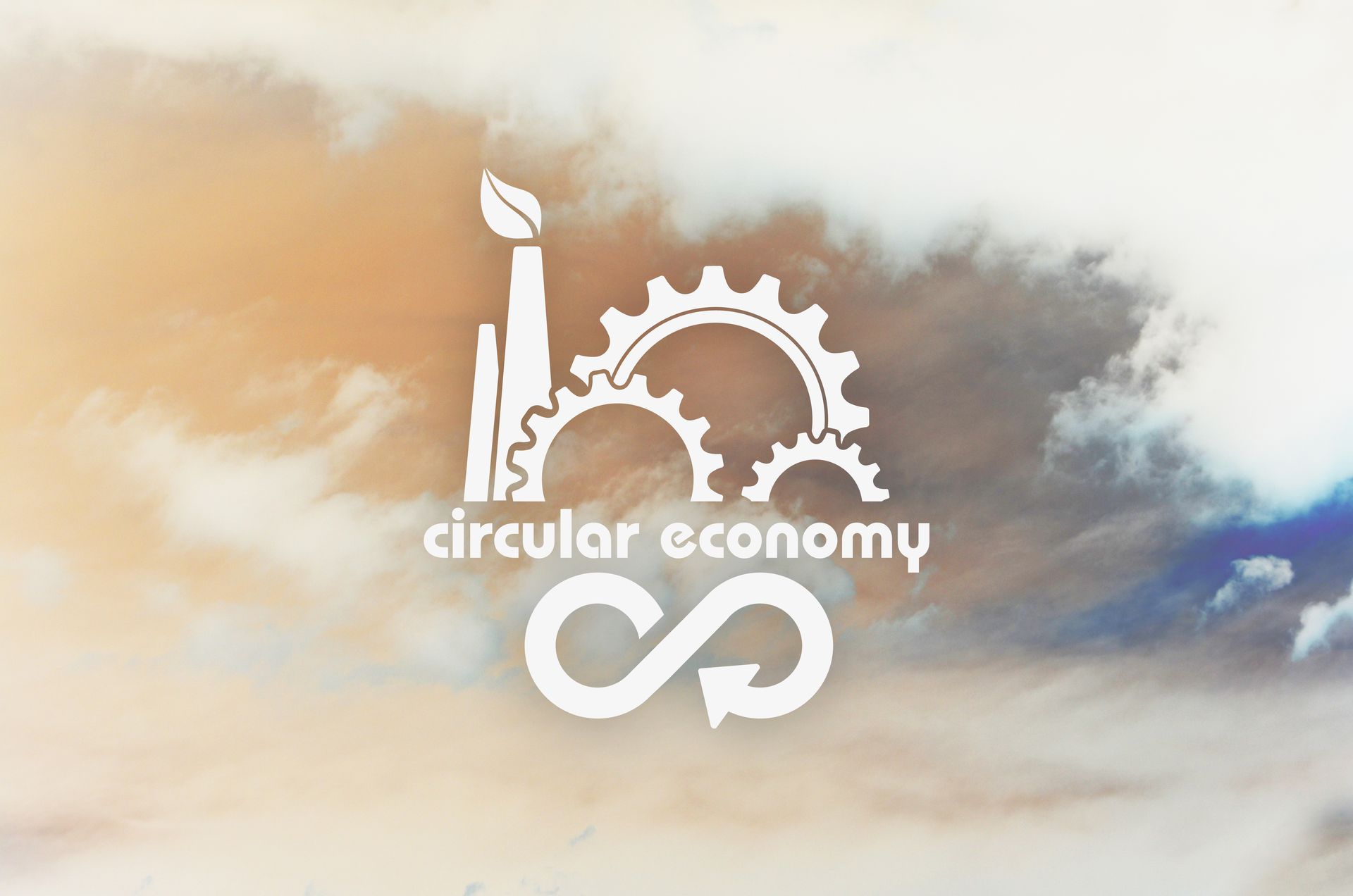Everything you need to know about the Digital Product Passport (DPP), in one place
Clear, up-to-date, and reliable information for businesses, professionals, and the curious.
Complete Information Guide to the Digital Product Passport (DPP)
What is the Digital Product Passport?
The DPP was created under the umbrella of the European Union's Ecodesign for Sustainable Products Regulation (ESPR) and the Circular Economy Action Plan (CEAP).
This system responds to several key challenges:
Lack of transparency in complex supply chains.
Difficulty in measuring the real environmental impact of products.
Need to support circular business models based on repair, reuse, and recycling.
Thanks to the DPP, products will no longer be black boxes. Consumers will know, for example, if a phone was made with recycled minerals, if its battery was replaced, or what its carbon footprint is.
Companies, for their part, will be able to monitor and optimize each phase of the product life cycle.
What information does a DPP contain?
Specific content may vary by industry, but common elements include:
Basic product information
Trade name, model, serial number or batch
Date of manufacture and estimated duration
Warranty and conditions of use
Materials information
Origin of raw materials and components
Percentage of recycled or critical materials
Information on hazardous or conflict substances
Repairability and maintenance
Repairability index
Repair and replacement history
Availability of spare parts and manuals
End of useful life
Recycling instructions
Possibility of reuse or remanufacturing
Sustainability indicators
Carbon and energy footprint
Environmental impact in production, use and disposal phases
Ownership and transfers
Ownership history for durable or resalable products
Accessibility and data protection
Personalized access according to the user profile
Protection of sensitive information through encryption or zero-knowledge proofs
Who is required to implement the DPP?
From the entry into force of the ESPR (July 2024), all companies that manufacture, import, or market regulated products in the EU must implement DPPs, regardless of their country of origin.
The first required sectors include:
Batteries (industrial and electric vehicle) – from 2026
Textiles (clothing and footwear) – from 2027-2030
Consumer electronics – from 2027-2030
Construction products – from 2027-2030
Furniture, paints, detergents, chemicals, lubricants, tires, and packaging – from 2027-2030
How is a DPP system implemented?
Step 1: Centralize product information
Companies should consolidate all technical, environmental, and usage information from design to end-of-life. Using product information management (PIM) systems or traceability software is recommended.
Step 2: Collaborate with suppliers
Traceability is only possible if suppliers share data on raw materials, working conditions, and processes. It is vital to include transparency clauses in contracts.
Step 3: Use appropriate technologies
DPP can be integrated into a product using common technologies (QR, RFID, NFC), while digital infrastructure can leverage blockchain technologies to ensure security and decentralization.
Step 4: Automate processes
Much data already exists in corporate ERPs. Using traceability software, this data can be automatically integrated into the DPP system, reducing errors and costs.
Step 5: Ensure data security
To prevent sensitive information (such as chemical formulas or designs) from being exposed, encryption methods or techniques such as zero-knowledge proofs are used, which allow compliance to be demonstrated without revealing data.
What benefits does the DPP offer?
For companies
Regulatory compliance
Better environmental reputation
Access to new markets and customers
Optimization of product design and life cycle
New business models (servitization, recycling, buyback)
For consumers
Greater confidence in products
Ability to compare sustainability and durability
Facilitates repair, resale and recycling
For society and the planet
Reduction of waste and resource use
Incentive for the circular economy
Greater visibility on labor and social practices
Strategic opportunities
Competitive advantage: Brands that adopt the DPP early can position themselves as leaders in sustainability.
Innovation in durable products: The DPP encourages competition based on quality, durability, and efficiency, rather than volume and obsolescence.
Real circular economy: Allows products to be designed for reuse, repair, and recycling from the start.
Conclusion
The Digital Product Passport is much more than a technological tool: it is a lever for transformation toward a more transparent, ethical, and sustainable economy. While its implementation poses significant challenges, it also opens up historic opportunities for companies that dare to lead the change.

Digital Product Passport: clear and reliable information
This is the text of the paragraph.
The Digital Product Passport (DPP) will be mandatory in Europe starting next year. It is a digital tool that offers transparency, sustainability, and traceability for each product.
This is the text of the paragraph.
Information website about DPP
Implementation of practical resources
Digital guides and tools
At Olmalux Investments, we provide you with all the information and resources through professional websites tailored to your business.







